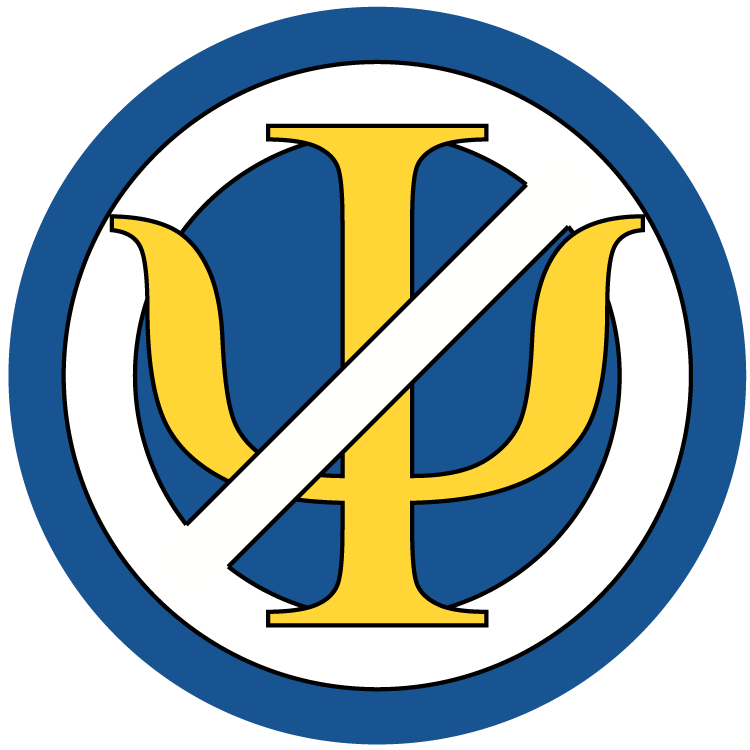Burke Blogs
Most of this information is old, but some of it is timeless. Links may also go out Lots of the information on this page is being converted to blog form. Check out a new student's account of their trials and tribulations at Dear Diary (Burke Student Meets World). If you're a current or former member, email the web manager to get access to Burke Blog Plus.
Info for Group Members
All new group members should follow the links below and read the information carefully.
Chores
Every group member has a "chore" that Kieron assigns you when you join the group (like group manager, librarian, web master, computer whiz, etc.). The description of each chore and other group management stuff is here (written by Peter Elliott, mostly still relevant but a little outdated).
Meetings
Kieron has individual meetings with every group member, ideally once a week. After each meeting you should make a plain text file that includes a summary of what has been discussed. This way Kieron can keep track of everyone's projects. The file should be emailed to Kieron with the subject "INDMEET YY/MM/DD". Please review last week's summary before the next meeting, so you can remind Kieron what you were supposed to accomplish (and explain why you've failed to do so...).
Backups
Back up your work. If you do not know how to do sequential backups, you need to learn. For example, there is a whole bunch of Burke group website stuff missing because nobody backed it up since 2011.
Notebooks
Three times a year you should write up your progress in the form of a scientific paper. Specific rules for these write up assignments used to exsist in written form, but were removed from the website prior to Ryan taking over the website. If you've already written a paper during the previous months you can hand that in. Kieron will try to give comments on your writing soon after you hand it in.
Projects
When you are working on a paper (or your write-up assignment) you should follow some rules. However these have been lost. More specific instructions for writing a paper have also been lost. Kieron's tips on paper writing can not be found, but did exist at some time.
Email etiquette
If you send an email to Kieron make sure the subject of the email is descriptive. So if the subject of the email changes in an email conversation, don't just reply but change the subject as well. This makes it easier to find emails at a later point in time. Any attachments should also be put into the relevant directory in the pbe group account and the full path given in the email.
Tips on paper writing
- Leave introduction and conclusion till end.
- Choose sections: e.g. Theory, Illustration, Methods, Results, Appendice, etc.
- Choose paragraphs, noting headings(i.e. make the first sentence of a paragraph tell what is included in the paragraph)
- Decide which pictures, which tables need to be included. Make them with caption, axes labels, etc.(i.e. complete)
- Introduce in a general way. This is not about the introduction section, but about every thing new in the article.
- Choose which symbols and equations are to be included.
- Define all symbols and introduce them in a logical order.
- Omit needless symbols(or never put them in!)
Ten Steps to Graduation
(Importance decrease from top to bottom)
10. Independence
This is the criterion of graduation in Kieron's group. All people in group must have independence. You should be able to do everything by yourself. And of utmost importance, you should think independently and point out what you think Kieron did wrong.
9. Breadth and depth
Do both. Look around for many things(not too close), and find out what people want to calculate; in some very specific cases, you should go very deep.
8. Logical thinking
This one is the hardest. There are always logical inconsistencies in your projects, and you have to think about that at some point.
7. Networking
It's important for computational & theoretical people to know people at your level and talk about stuff.
6. Verbal
Be able to converse your idea on seminars. Learn to ask (dumb?) questions in front of a lot of people. (You can always phrase the question as a clarification, then follow it with your real question.)
5. Reading skills
4. Writing
Figure out the logic and report it in your writing. Refer to Kieron's tips on paper writing.
3. Reliablity
"Do as I say, but not do as I do,"Kieron said. Kieron can't always remember what he told you on your individual meetings or group meetings or somewhere else, so you are responsible for keeping track of all tasks he told you to do, and for reminding Kieron of them and actually carrying them out. If you can't do or don't have time for something, you should let Kieron know, not letting it hang in the air.
2. Prioritizing
Learn to prioritize your own time. Kieron's example: you have two tasks on your hand: an easy one and a hard one. You can do the easy one in a week, but for the hard one you need to rewrite your codes and debug them which need several weeks. You choose to do the hard one, but when you go to your individual meeting with your results of the hard problem, you may find out that is not exactly what Kieron wanted you to do, or the situation is changed that this work is not important any more.
1. Problem solving
Ability of solving all kinds of chemical, physical, and mathematical problems. You should have already developed this ability in your undergraduate study.
Learn and improve. It's not necessary for everyone to achieve all, but you should learn and improve. And in the end, you should be able to put all your stuff together and generate some good output, or the money will stop.
